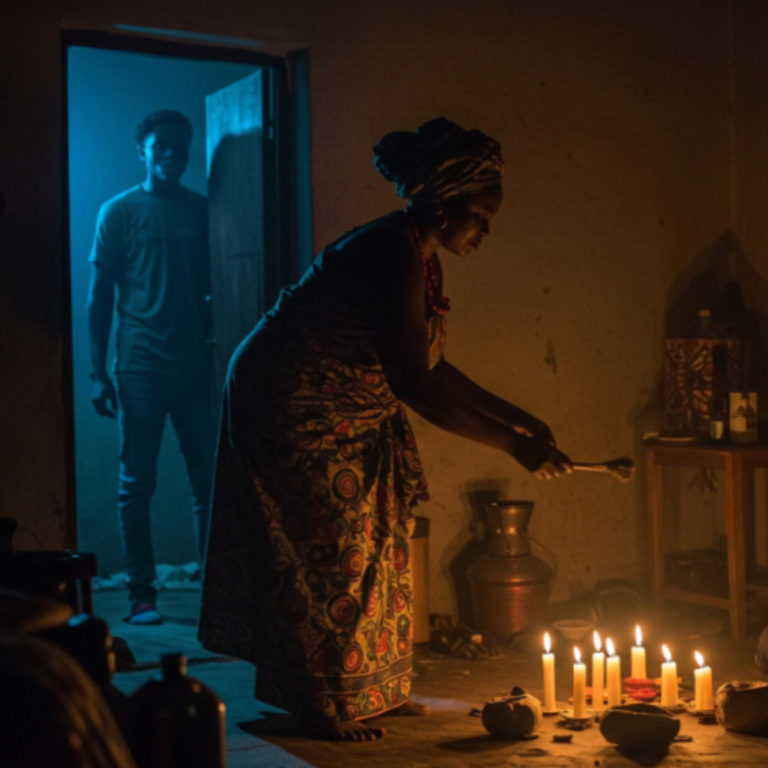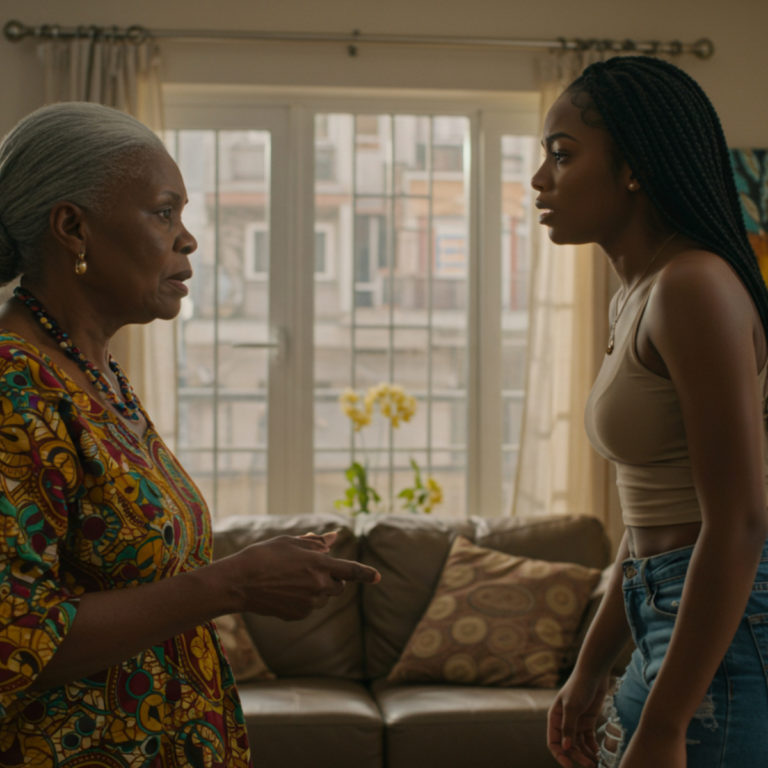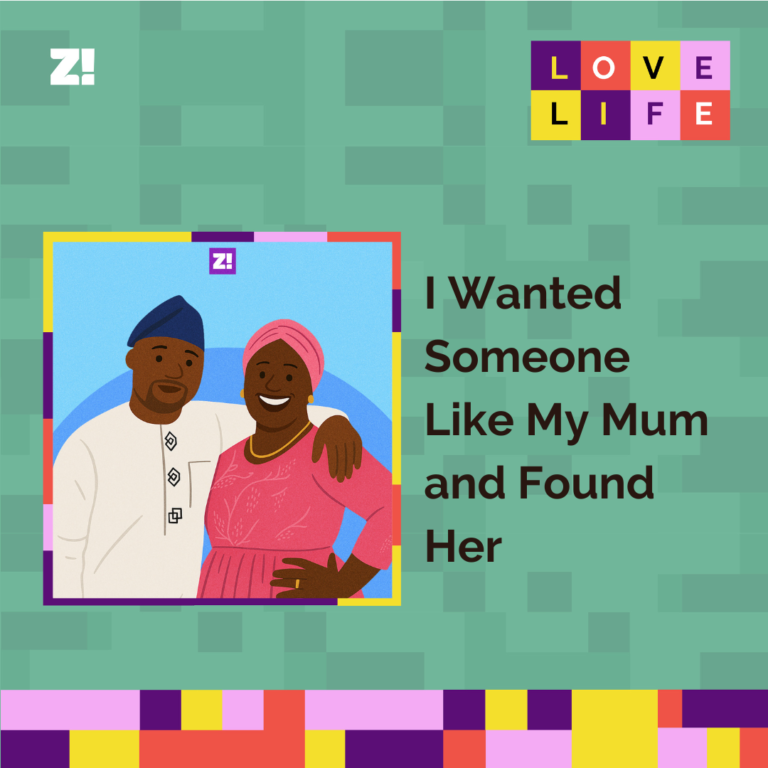Tribal marks are a unique Yoruba tradition passed down generations. They’re face tattoos done without the consent of the carriers, often infants. In the past, people would mark their newborns so it’s easy to tell which tribe, family or town they belong to.
But they’re less popular nowadays thanks to civilisation and the Child Rights Act ex-President Olusegun Obasanjo’s government enacted in 2003: “No person shall tattoo or make a skin mark or cause any tattoo or skin mark to be made on a child”. Violations could attract a ₦5,000 fine, jail term of one month, or both.
These are some of the common ones that still exists, and what they mean.
Abaja Olowu
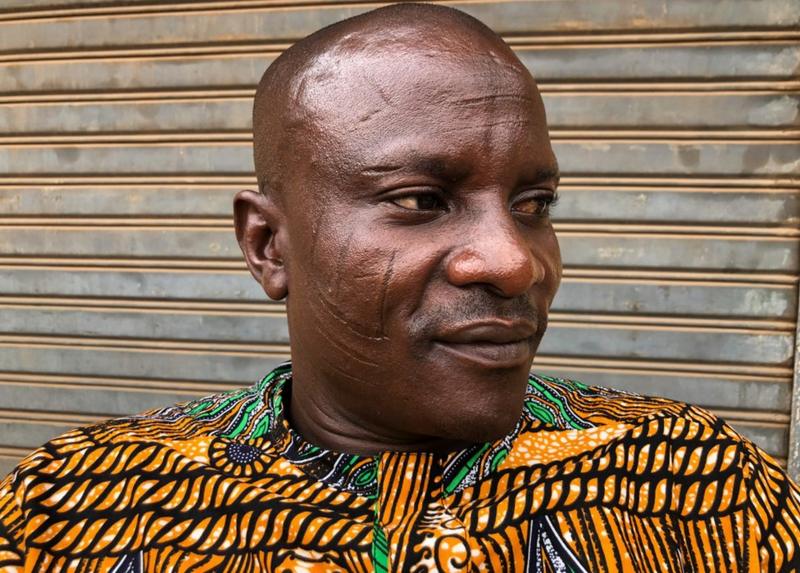
Image source: BBC
Three vertical lines over three horizontal lines. It’s associated with people from the Owu Kingdom.
Gombo
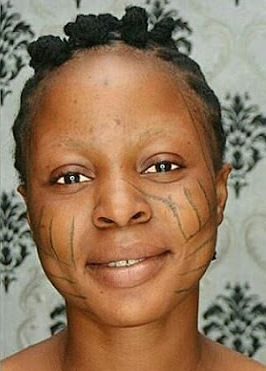
Image source: KnowNigeria
Also known as “Keke”, this Yoruba tribal mark is four to five perpendicular lines and three vertical lines on both cheeks. In some cases, it also features a stroke across the nose. Gombo tribal marks are prominent among people from Oyo and Egba land.
Double Abaja
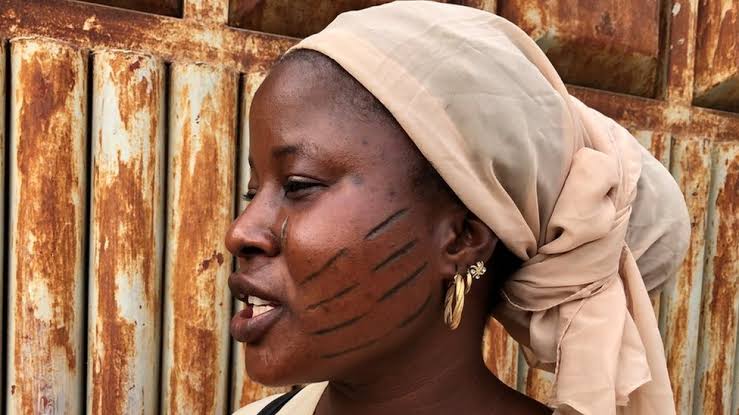
Image source: BBC
The Abaja marks once distinguished the noble families of Oyo. But these days, they’ve been adopted by many Oyo-oriented groups. Abaja tribal marks come in variations of threes and fours.
Pele
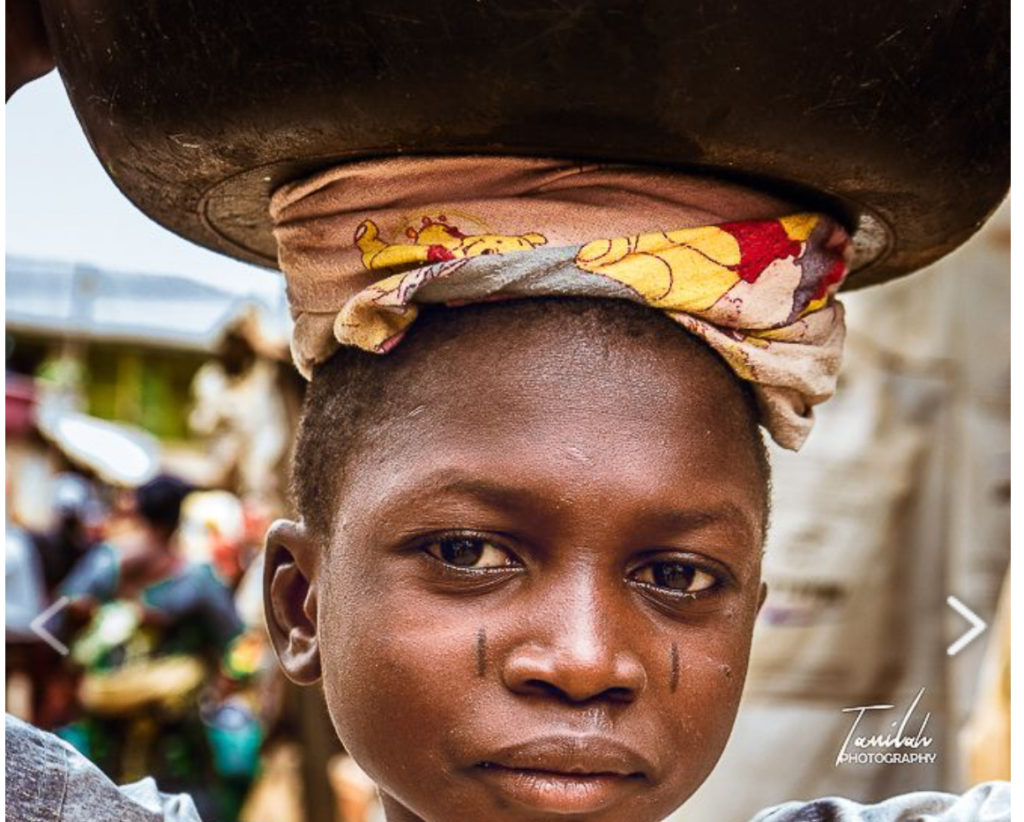
Image source: TamilahPhotography
Pele is a generic tribal mark in Yorubaland. It varies in size and number of strokes according to tribe. Some pele marks are tiny and barely noticeable, while others are long and prominent on the face.
Single Abaja
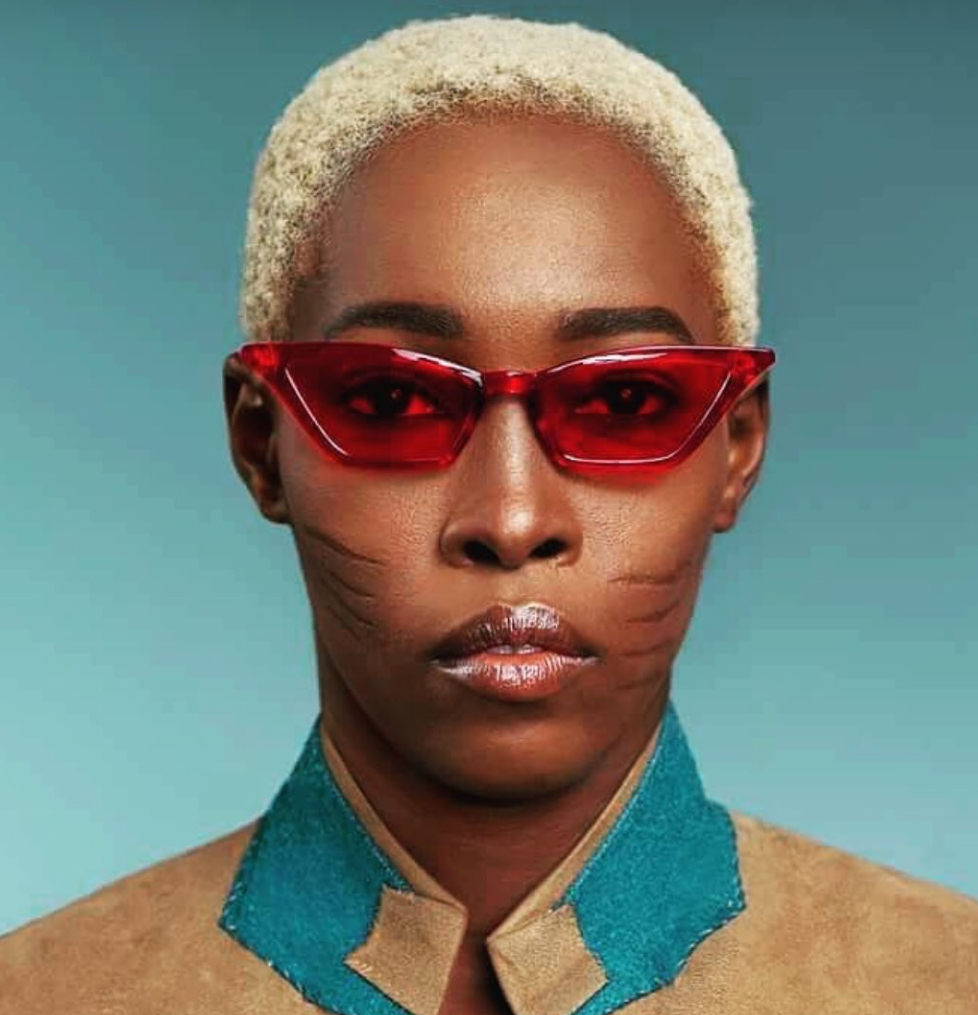
Image Source: X/@adetutu_oj
This is a single set variation of the Abaja tribal mark, common among people from Oyo state.
Soju
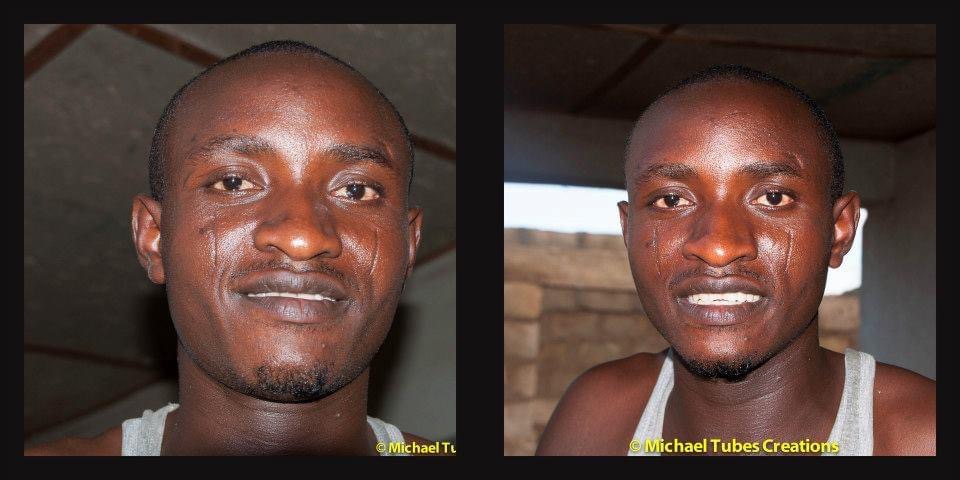
Image source: Facebook/MichaelTubesCreations
Soju marks are single vertical lines on both sides of the cheek. They’re common among natives of Ondo state.
Jaju
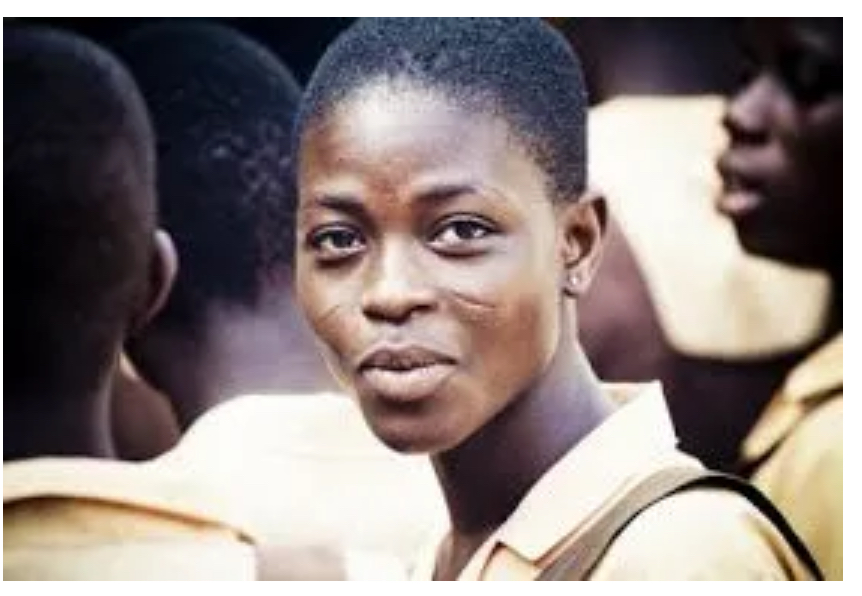
This is another tribal mark common among people from Ondo state. But unlike Soju, the lines are horizontal.
Yagba marks
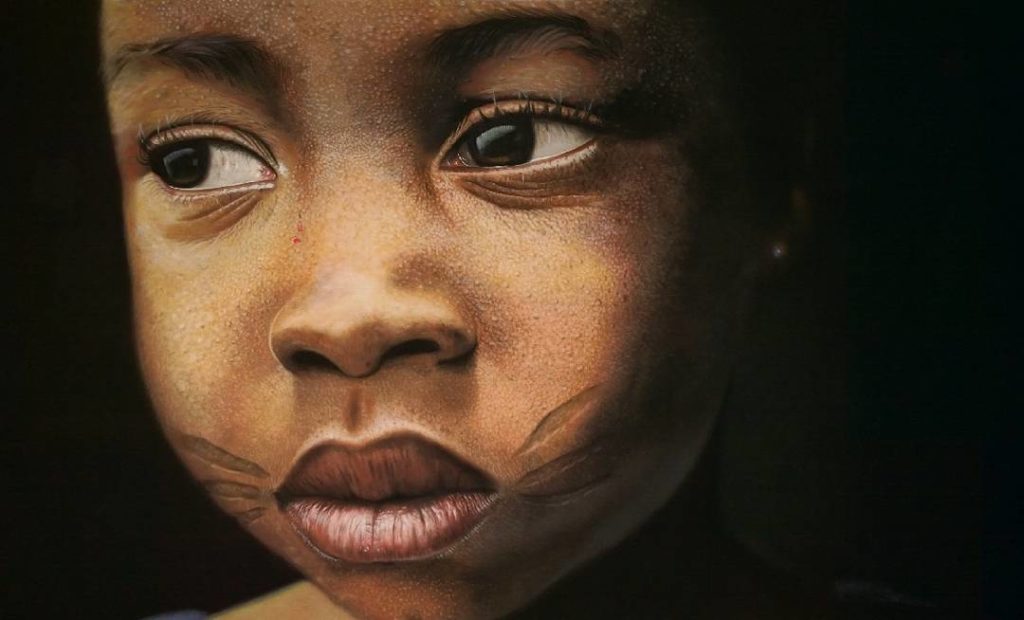
Image source: Nairaland
This tribal mark style is fairly less common than the others. With three converging lines at both corners of the mouth, it’s common among the Yagbas — Yoruba people from the north.
Enjoyed this piece about Yoruba Tribal marks? You should get into this: Before You Get a Tattoo, Take Note of These Facts
Seen our Valentine’s Special yet? We brought back three couples we interviewed in 2019 – one now with kids, one now married and the last, still best friends – to share how their relationships have evolved over the previous five years. Watch the second episode below:

